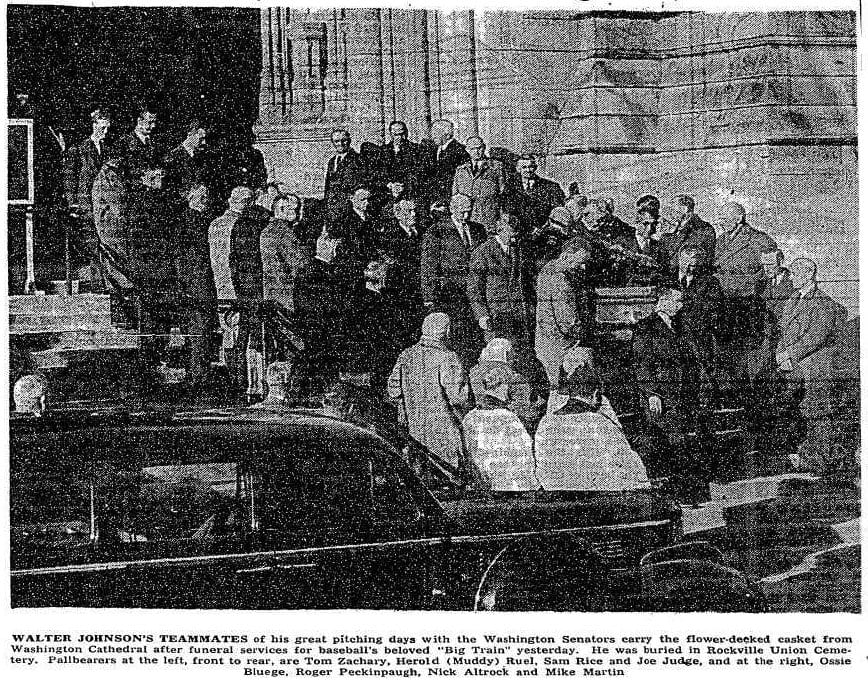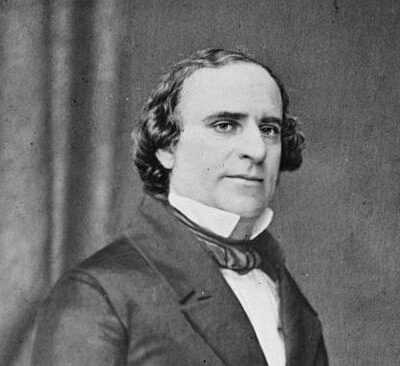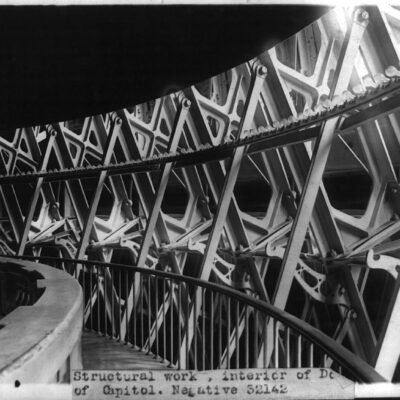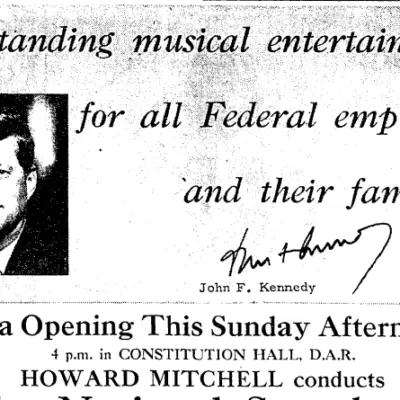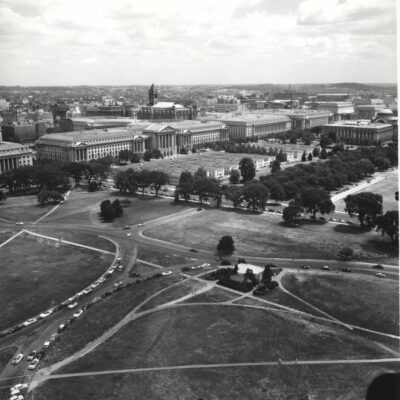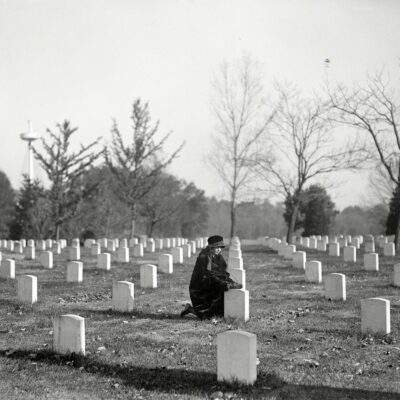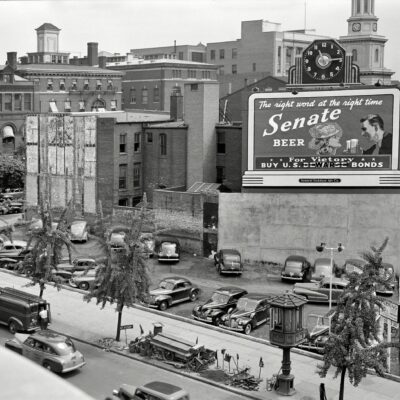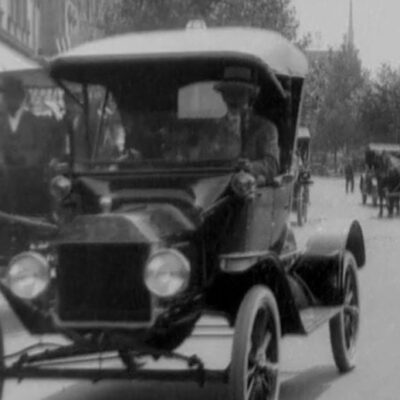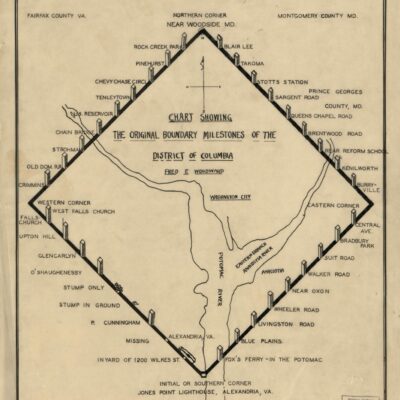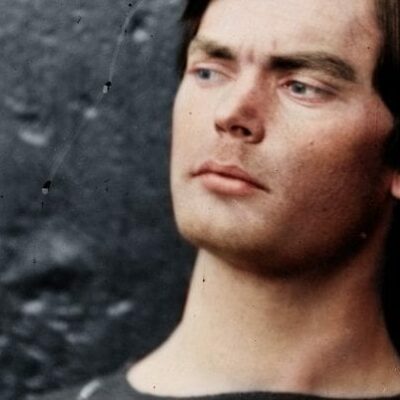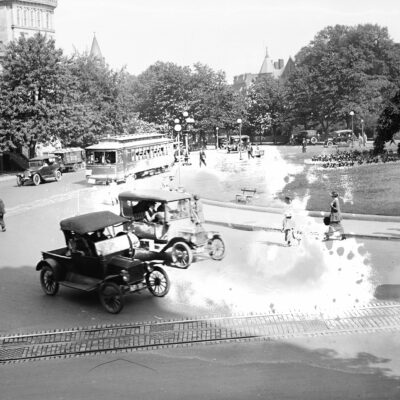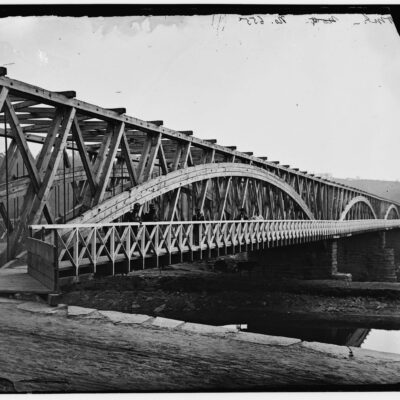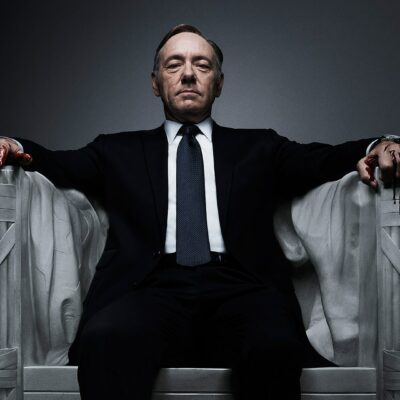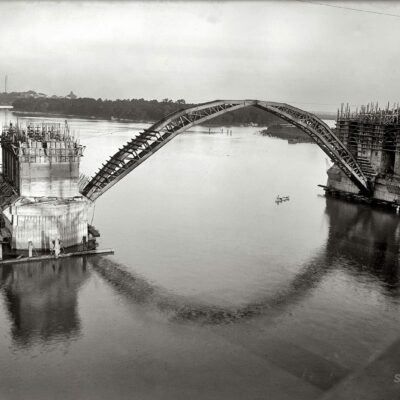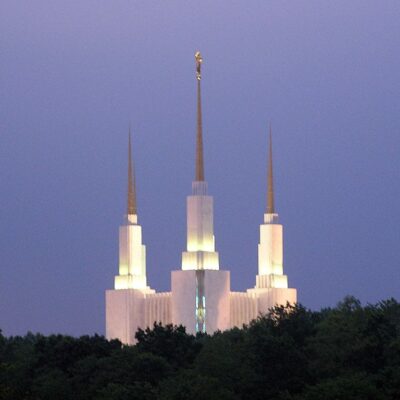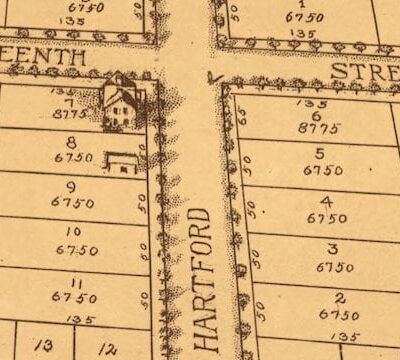
Exactly one year ago today, one of the most spectacular buildings in Washington was badly damaged by the earthquake that shook our city. So much so, that the repairs are going to cost millions of dollars and keep it under scaffolding for several years.
If you love this building like we do, consider donating a few bucks to help restore this national treasure. You can give money online, so it’s effortless.
And since we love this building so much, we want to highlight to tremendous history of the place with a “Three Things…” post. Also, a shout out goes to GoDCer Laura for suggesting this too. Three things won’t do justice to the place, but here are some fascinating stories about the place for you to share with your friends.
1. Thousands come see Martin Luther King, Jr.’s final Sunday Sermon
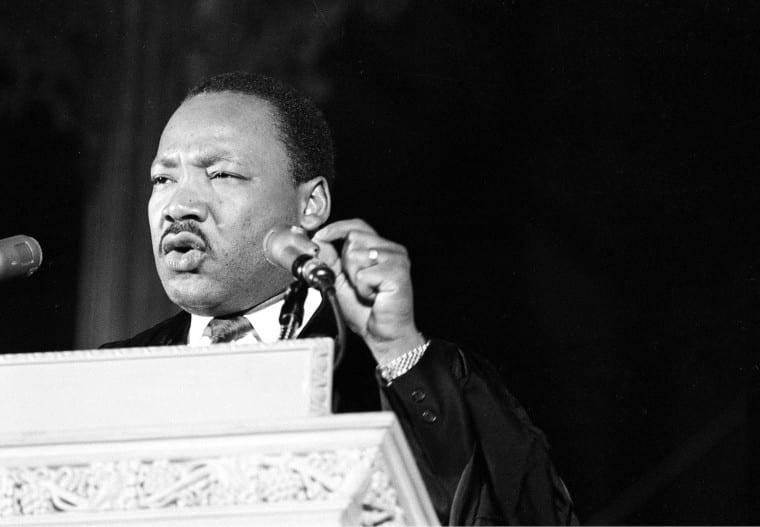
The great civil rights leader, Martin Luther King, Jr., gave his final Sunday Sermon at Washington’s National Cathedral. On Sunday, March 31st, 1968, a crowd of several thousand people packed into the Cathedral to hear him speak. Little did they know that their revered leader would be taken down by an assassin’s bullet that Thursday.
The Washington Post highlighted his sermon the following day.
The Rev. Dr. Martin Luther King Jr. came to Washington yesterday and made an apparent effort to rebuild support for his planned April 22 Poor People’s campaign here, shaken last week when his Memphis demonstration erupted with violence.
Speaking to an overflow audience of more that 4000 at National Cathedral, Dr. Kin declared again his intention to bring 3000 poor people to Washington this month for “a nonviolent demonstration.”
“There will be a Poor People’s Campaign,” Dr. King told his predominantly white audience at the Cathedral.
…
“I don’t like to predict violence,” he added, “but if nothing is done between now and June to raise ghetto hope, I feel this summer will not only be as bad, but worse than last year.”
…
He told cathedral morning worshipers that the U.S. spends $50,000 to deal death to a Vietcong soldier in Vietnam, while spending only $53 for every poor person in this country.
Reading his words with hindsight, it’s sad to realize how true his words were about violence. And the magnitude of the violence, sparked by his assassination, forever changed the fabric of urban America. The commercial corridors of Washington — 7th St. NW, H St. NE and U St. — all became bombed out war zones as a result of the 1968 riots. Many of the areas are still slowly coming back to life with through economic revival and urban renaissance.
Another thing to note … March 31st, 1968 was the day Lyndon Johnson famously announced to the country that he would not seek reelection.
2. Woodrow Wilson’s funeral procession
This is one of those amazing pieces of footage that you can watch over and over. It’s fascinating.
On Wednesday, February 6th, 1924, the nation mourned as the funeral procession for the late President Woodrow Wilson slowly made it’s way from his Kalorama home to Washington National Cathedral. Countless thousands of people lined the route, braving the bleak winter weather to catch one last glimpse of the 28th president.
The Washington Post had this piece the following day.
The nation stood at salute yesterday while the body of Woodrow Wilson was conveyed to the Cathedral of SS. Peter and Paul, and there laid in the crypt of Bethlehem Chapel with appropriately simple ceremony. The minds of millions, in many lands, attended the funeral of the late President, and reviewed the many incidents of his eventful life. His name is known to the remotest parts of the earth. Wherever it is known it is linked with the universal aspiration for peace. As the exhausted body was laid away the thoughts of multitudes softened toward the memory of Mr. Wilson, emphasizing the good which he had accomplished, and granting to him full honor for his faithful effort to make the world better.
-ad 199-The choice of a burial place for the late President is approved on every hand. Future ages will adorn and hallow the pile that is rising on Mount St. Alban. Many of America’s great sons will find their graves in that sacred edifice. Wilson, the pioneer of world peacemaking, broken by effort and dying with hope unfulfilled, may be joined hereafter by another famous American whose efforts will be blessed with success. The knowledge acquired by consideration and test of Mr. Wilson’s plan is not useless, granting that the league of nations in unacceptable to the United States. The nations have learned much, and by knowing what to avoid they will the sooner find the path to universal permanent peace. Experiment was necessary. Upon the ruins of one experiment after another the edifice of peace will stand, if it is ever erected at all.
…
Mr. Wilson’s long illness and his fortitude in meeting an adverse stroke of fate earned for him the kind regard and admiration of all Americans. Mrs. Wilson was universally applauded for her splendid example of wifely devotion, which eased the last days of her distinguished spouse. The country cherishes the memory of its departed son, and recites with pride the great role he played in the world’s affairs.
President Wilson was to be the first of many distinguished Americans to be buried in Washington National Cathedral. It was to be our Westminster Abbey, yet sadly, that plan never seemed to take hold.
3. Thousands mourn the death of the greatest pitcher of all time: Walter Johnson
Do you get the feeling that we love Walter Johnson, hero of the early Washington Senators? Thousands came out to Washington National Cathedral on December 13th, 1946 to pay their last respects to Walter Johnson. Johnson had battled a brain tumor, and sadly, passed away at the age of 59. Several of his teammates were pallbearers, including his catcher Muddy Ruel, first baseman Joe Judge and third baseman Ossie Bluege, outfielder Sam Rice and resident team clown, Nick Altrock.
Also in attendance was his 83-year-old mother, Minnie Johnson and two brothers Leslie and Earl.
After a simple ceremony (no eulogy was given), his body was taken to Rockville and laid to rest at Union Cemetery, next to his wife, who predeceased him by 16 years (read about their simple wedding in a Columbia Heights apartment).
Below is the Washington Post article from the next day.
Bare-headed hundreds, high personages of the baseball realm, notables of Washington’s civic life and the peanut vendors who knew the great pitcher at Griffith Stadium, stood in saddened clusters with Johnson’s family at the brief graveside services.
…
From the Cathedral, the funeral procession had moved almost bumper to bumper in blocks-long file with police escort, closing side streets to traffic for more than a mile on the Wisconsin Avenue route to Rockville.
As Dean Suter officiated from the Cathedral’s Great Choice, with the body of Johnson resting in The Crossing, draped in red velvet pall with brocaded golden cross, the white-haired mother of the famed pitcher dabbed continually at tear-filled eyes.
Family and friends almost taxed the capacity of the Cathedral’s Nave, with its nearly 1000 seats fronting The Crossing on three sides.
…
Present, too, were Stanley (Bucky) Harris, Johnson’s former manager, and George Weiss, representing the New York Yankees. Also, Jack Bentley, his pitching opponent in the famed seventh game of the 1924 Giant series that brought Washington its first World Series triumph; and Clyde Milan, Washington outfielder of Johnson’s heyday.
Bentley, what a class act. That was a day of great mourning for the city and baseball, with the loss of the pitcher that helping bring the only World Series title to this city. Is this the year when we celebrate our second?
